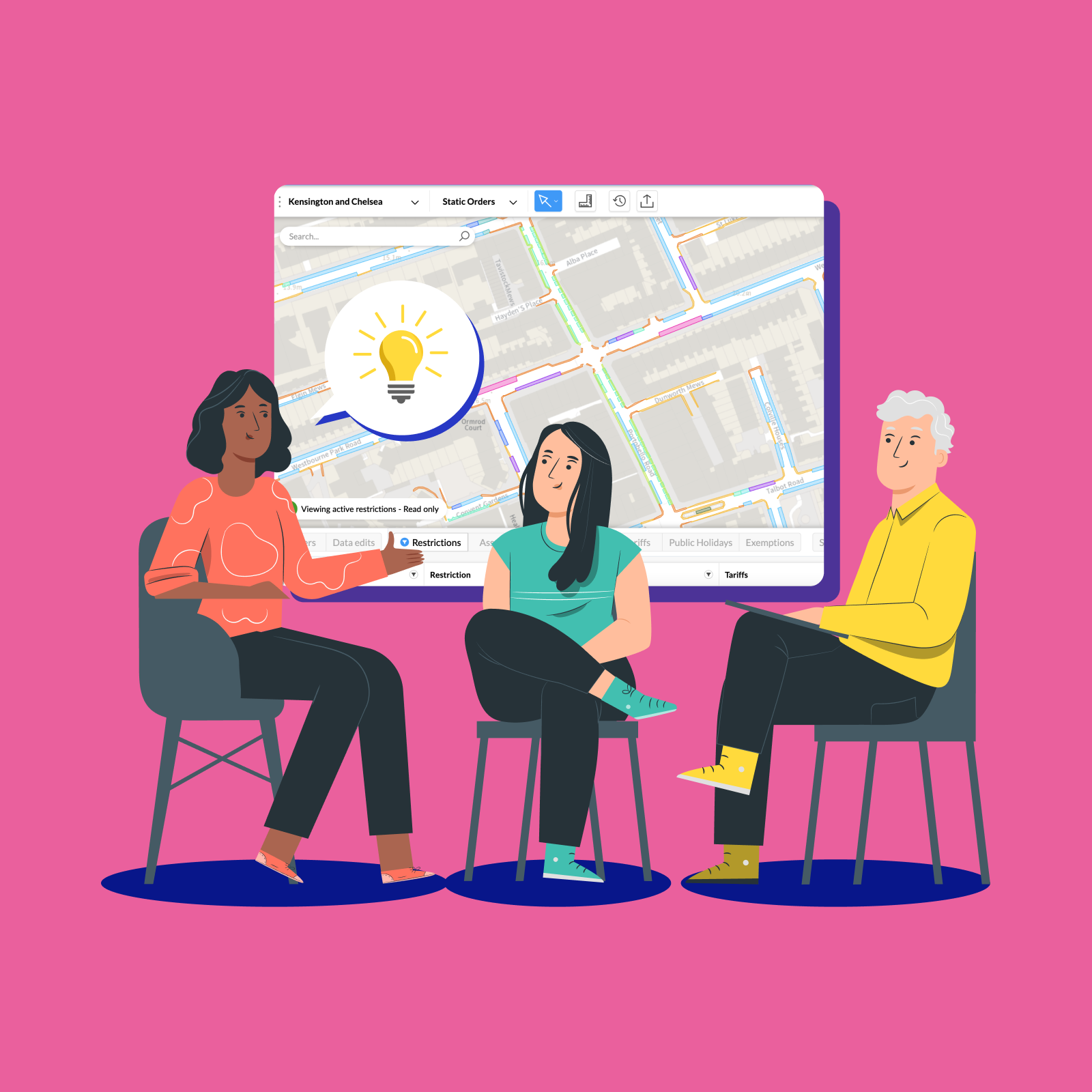Something that once seemed like a mode of transport in a science fiction movie is starting to very much become a reality. Autonomous vehicles (AVs), or driverless vehicles are being developed across the globe with many now operating in a real-world testing environment. Whilst many operators are having great success testing a limited number of vehicles, the speed at which AVs are deployed en masse in cities will hinge on one factor…5G. Afterall, AVs are essentially a computer on wheels, and computers that need to process vast amounts of data, quickly, will need the bandwidth, capacity and latency that 5G will bring.
The jump from 4G to 5G is huge. Unlike the move from 3G to 4G, 5G will open up new use cases and newer technologies. The dramatic improvements in speed and latency will be essentially what makes an autonomous vehicle a viable and safe mobility option in our towns and cities.
For AV operators
On-board sensors
Arguably the most crucial area that requires 5G is the on-board sensing. For an autonomous vehicle to move safely around a city, obey the traffic code, and keep passengers and pedestrians safe, it uses a variety of sensors to process the world around it. The sheer amount of data being created by these sensors needs to be processed at speed otherwise the potential for accidents increases.
V2V and V2I communications
Vehicle-to-Vehicle (V2V) and Vehicle-to-Infrastructure (V2I) communications are not only important for the AVs of the future, they are also crucial for human driven cars of today. These forms of communication allow a vehicle to absorb information from other vehicles and road infrastructure. Something that can be seen in current connected vehicles that display real-time traffic information in a driver’s navigation system. For an AV this will help them navigate real-world, real-time issues such as traffic, road works, and road traffic accidents.
This is something myself and the team at AppyWay recently explored via our trial with WM5G. Using a roof mounted HD camera and 5G powered sim, our vehicle drove through a test area to capture HD footage and corresponding location data. The footage from the camera was transmitted and processed via 5G networks to confirm parking availability in real-time to our AppyParking mobile app.This same technology can be applied to an AV in an environment where it needs to search for parking to set down a passenger. Through 5G, live video from another vehicle’s dashboard camera or from CCTV, can be transformed into real-time parking availability data. You can find out more about the trial here.
Machine Learning
Whilst many humans make the same driving mistakes over and over again, an autonomous vehicle has the ability to learn and adapt, not just from its own experiences and data collection, but also from the experiences of other AVs on the road. For algorithms to improve and in turn vehicle and passenger experiences, AVs will need to be constantly connected to one another, feeding and receiving huge amounts of journey data. As with the other facets mentioned above, 5G will be the enabler of an AVs ability to continuously learn.
Fortunately the performance we can expect from 5G will remove the issues described. Currently the average 5G download speeds being claimed by networks in the UK are around 150-250Mbps, this is a huge improvement when you consider that 4G averages around 20-30Mbps. As for latency, 4G averages 50 milliseconds whereas 5G is 21-26 milliseconds. This is some way off the 1 millisecond that was theorised 5G would bring but still a huge step in the right direction for makers and operators of autonomous vehicles.
For Cities
Mobility-as-a-Service
For cities a better connected world awaits. One where Mobility-as-a-Service (MaaS) operators can create integrated, multi-modal transport systems, inclusive of AVs. These systems will be able to interact with public transport systems, allowing residents, visitors and business to move seamlessly around the city. Cities have a long way to go before this will be a reality but 5G will likely be the jumping off point for cities wanting to embrace a mobility revolution.
So, where is 5G?
It’s clear without 5G the AV revolution might stutter and stall. But not to fear, the 5G rollout is underway, albeit staggered, across the UK. At present 5G is available in 80 UK towns and cities, depending on the sim and phone you have. Coverage is not quite where it should be and the rollout has hit a number of blockers:
Back in July the Government announced a ban on UK mobile providers buying new Huawei kit from 31st December and all Huawei kit needs to be removed from the networks by 2027. This was announced after earlier sanctions were handed to Huawei and increasing national security concerns about their kit. Digital Secretary Oliver Dowden, who announced the decision to the House of Commons has said that the cumulative cost of the moves when coupled with previous restrictions announced against Huawei would be up to £2bn, and a total delay to 5G rollout of two to three years.
Other issues that the 5G rollout has faced have been “wacky” to say the least. In the UK and elsewhere in the world a number of 5G masts were burned down as a result of a completely unfounded conspiracy theory that 5G spreads coronavirus. Over the Easter weekend, over 20 suspected mast attacks happened in the UK as a result of this conspiracy theory. Other conspiracies include that 5G can give you cancer and that the rollout is part of wider government surveillance activities. The latter two theories are not new and tend to resurface with each new generation of cellular network technology.
These above issues have only slowed rather than stopped the 5G rollout. We are still some years away from full UK 5G coverage but even the limited coverage available gives us a glimpse into an exciting future. AVs, smart cities and a mobility revolution are all very possible with 5G. The move from 3G to 4G brought improvements to the network but the move to 5G really will be a leap ahead for many technologies.
Interested to read more about AppyWay’s work in the AV space? Click here to read about the ParkAV project and consortium. Funded by the Centre for Connected and Autonomous Vehicles, ParkAV looks into Automated Valet Parking (AVP) and the changes that central and local governments will need to make to facilitate this.
For further information on our projects, and for the digitisation of parking and TROs, please contact us here.






